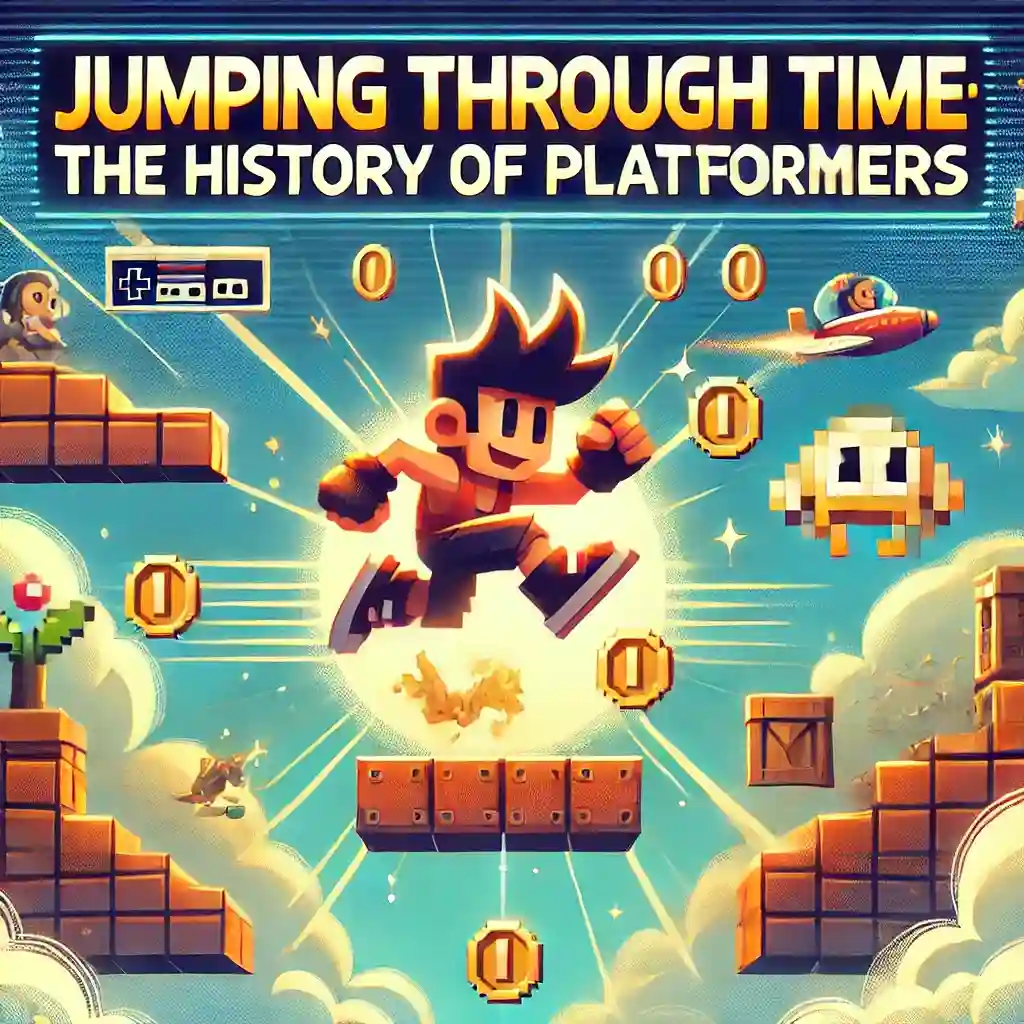
Jump-and-run platformers: the genre that made us laugh, cry, and throw controllers at the TV in frustration. From barely clearing a gap by a single pixel to misjudging a jump and watching our character plummet into the void, we’ve all been there. But despite the suffering, we always come back for more. Why? Because nothing beats the satisfaction of nailing a perfect jump, dodging enemies, and reaching that next platform. Let’s take a look at the games that built this genre, one leap at a time.
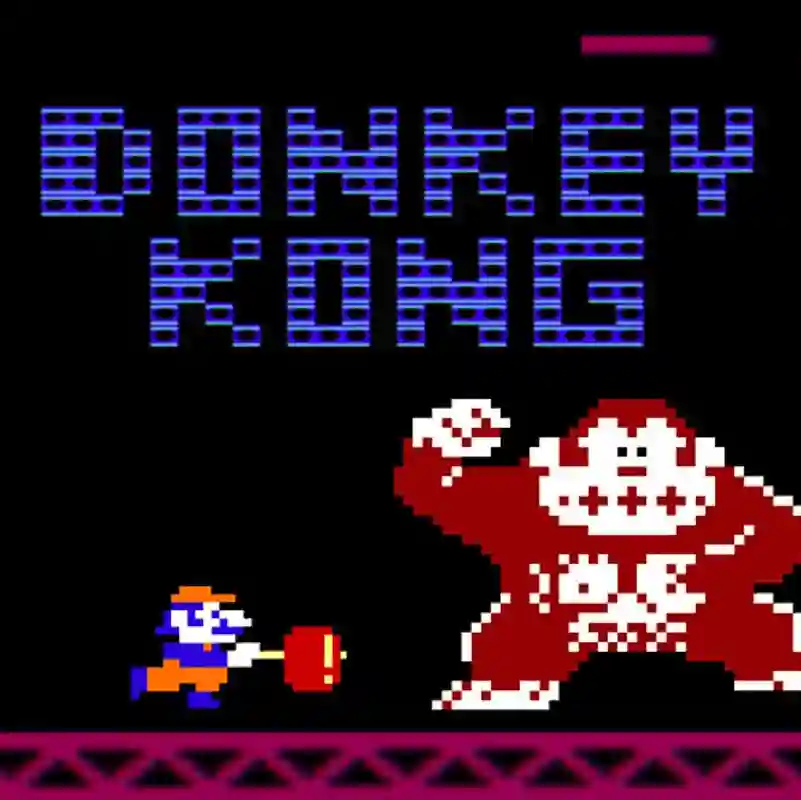
Donkey Kong (1981) – The First Leap of Faith
Arcade, Nintendo, introduced Mario (as Jumpman), first game with jumping as a core mechanic
Before he was a plumber, Mario was just a guy trying to save his girlfriend from a giant, barrel-throwing gorilla. Donkey Kong didn’t have running, power-ups, or even a side-scrolling world, just ladders, platforms, and the revolutionary idea that characters could jump over things instead of just walking in a straight line. It was simple, it was brutal, and it set the stage for everything to come. Also, it proved that even in the ‘80s, Nintendo was already making games that would crush our souls.
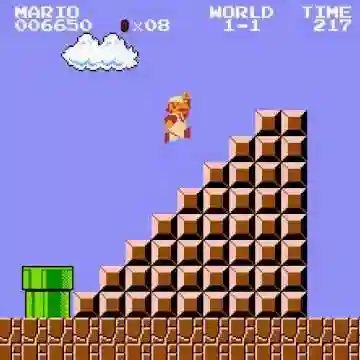
Super Mario Bros. (1985) – The Birth of Running and Jumping
NES, Nintendo, first true side-scrolling platformer, introduced power-ups, set the standard for level design
Four years after Donkey Kong, Nintendo asked a bold question: what if Jumpman could also run? The result was Super Mario Bros., a game that not only defined platformers but video games as a whole. Smooth movement, hidden secrets, and power-ups that turned a regular mustachioed guy into a fireball-shooting hero made this game legendary. It also taught us an important life lesson, no matter how hard you try, some jumps will always send you straight into a bottomless pit.
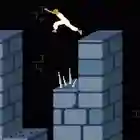
Prince of Persia (1989) – Realistic Jumps, Realistic Deaths
Apple II, Jordan Mechner, pioneered rotoscope animation, introduced precise platforming
Most platformers at the time had characters who jumped like they were on the moon. Prince of Persia changed that by introducing weight and momentum, meaning every leap had to be carefully planned. Miss a jump? Instant death. Step on the wrong tile? Spikes to the face. It was brutal, but it was beautiful, thanks to fluid rotoscope animation that made every movement look real. The game didn’t just test our reflexes, it tested our patience, our problem-solving, and how many times we were willing to watch the Prince get skewered.
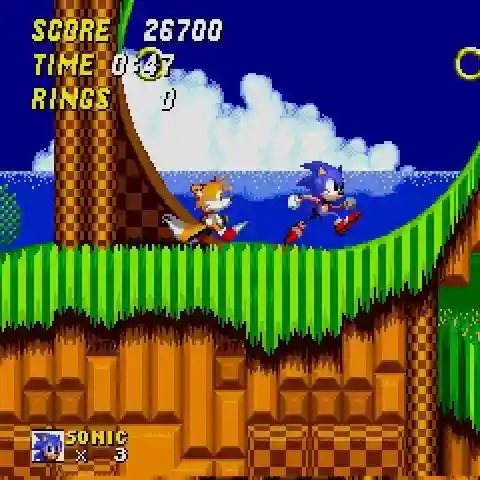
Sonic the Hedgehog (1991) – Gotta Go Fast
Sega Genesis, Sega, introduced momentum-based platforming, speed-focused gameplay, rivaled Mario
While Mario took his time exploring levels, Sonic the Hedgehog blasted through them at breakneck speeds. Sega’s blue blur redefined platformers by making speed part of the challenge, momentum wasn’t just encouraged, it was required. If you mistimed a jump, you weren’t just falling, you were flying off at Mach 1 into a pit. Sonic was the cool alternative to Mario, designed for kids who wanted more action and less waiting around. The game was a revolution, proving that platformers could be fast, stylish, and full of personality.
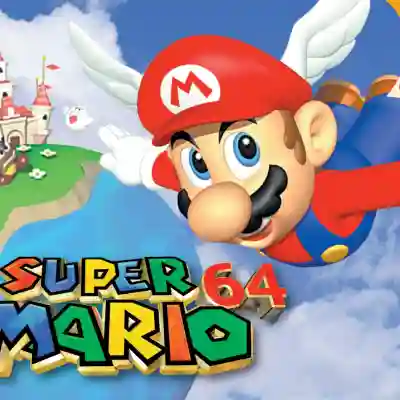
Super Mario 64 (1996) – Jumping into 3D
Nintendo 64, Nintendo, first major 3D platformer, introduced analog controls, open-world levels
By the mid-‘90s, platformers were ready to make the biggest leap of all, into 3D. And who better to lead the charge than Mario? Super Mario 64 wasn’t just a game; it was a whole new way to play. Analog movement, open-ended levels, and a camera that only occasionally betrayed you made it the blueprint for 3D platformers. For the first time, players weren’t just running left or right, they were exploring. Of course, this also meant new ways to fail spectacularly, like long-jumping straight off a cliff or missing a platform because you forgot how depth perception works.

Celeste (2018) – Precision Platforming Perfection
PC, Switch, PlayStation, Xbox, indie game, introduced assist mode, focused on tight controls and storytelling
Fast forward to the modern era, and platformers have evolved into brutally precise experiences. Celeste took the simple act of jumping and turned it into an art form. Every movement was tight, every level was handcrafted for maximum challenge, and every death (and there were many) felt like a learning experience. The game also told an emotional story about overcoming struggles, fitting, because every player went through their own struggle just trying to complete it. Thankfully, it had an assist mode, meaning even those of us who aren’t platforming gods could make it to the top of Celeste Mountain… eventually.
Conclusion – The Jumps That Shaped Gaming
From the pixelated ladders of Donkey Kong to the high-speed dashes of Sonic and the precision jumps of Celeste, platformers have come a long way. Each game in this list introduced something new, making our jumps smoother, our falls more painful, and our victories even sweeter. No matter how much gaming evolves, one thing is certain, there will always be another platform just out of reach, daring us to make the jump.


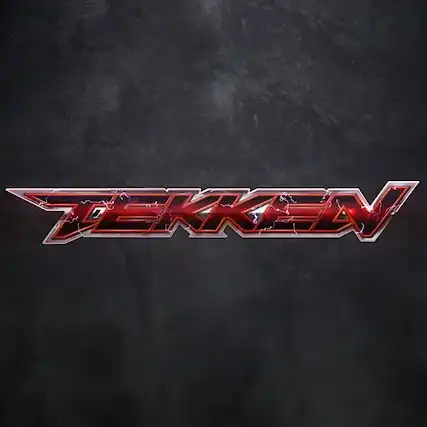
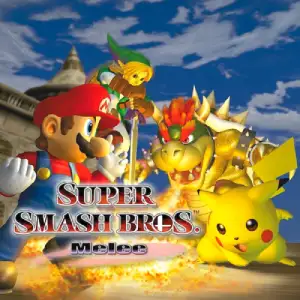






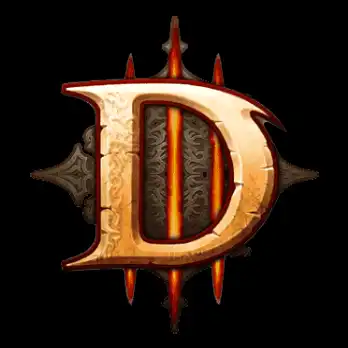
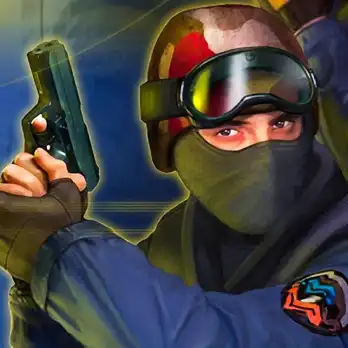

Social Media
Imprint Privacy Policy